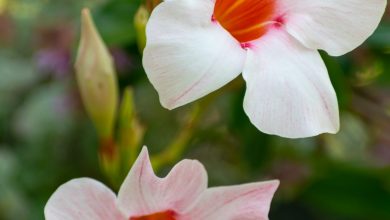How to fight whitefly on your plants
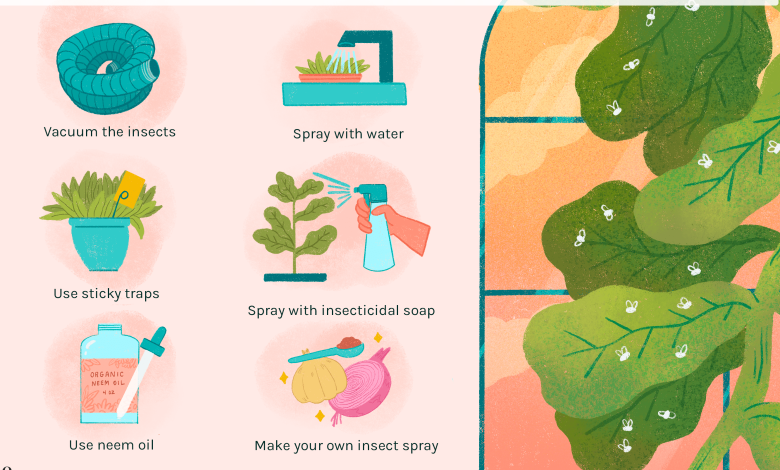
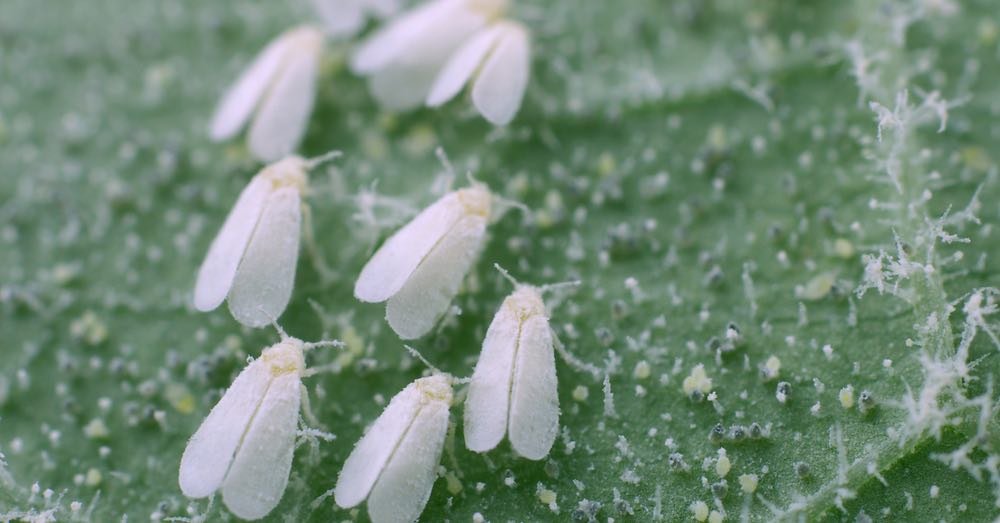
It is one of the most common summer pests and also one of the most aggressive. A good reason to know how to fight whitefly from the moment we detect it. Because, despite the fact that its appearance is harmless, nothing is further from reality. A whitefly infestation will not only colonize our plants at breakneck speed. It will also seriously compromise your health, to the point of ending your life.
Fighting whitefly is one of the usual headaches for plant and garden lovers. An annoying insect that usually appears in early spring and can spread throughout the summer. And we say this because its capacity for expansion is amazing: a single female can lay 300 eggs in one go. A number that already gives us a clue as to how dangerous this little insect can become for our nature.
And no: we cannot prevent him from making an appearance. But what is in our hands is knowing it well and, more importantly, keeping a close eye on our plants.
KNOWING THE INSECT AND ITS EFFECTS, THE FIRST STEP TO COMBAT THE WHITEFLY
The white fly is an insect that occurs mainly in temperate and humid climates. Its size, between one and three millimeters, is out of proportion to the devastating effect it has on plants. And we say devastating because that is its effect. The whitefly is an insect that feeds on sap. A vegetable blood that they suck relentlessly, since we are talking about extremely voracious insects.
If you have had to consider eliminating garden pests, this modus operandi will be very familiar to you. And it is that, despite its name, the white fly belongs, like the aphid, to the bedbug family. They share with the aphid both their way of feeding and their voracity. The main difference between one and the other: they have wings. A detail that is not minor. Thanks to them, whiteflies locate their targets. Something that also plays in our favor, since this detail is precisely what will allow us to identify if they are present in our plants.
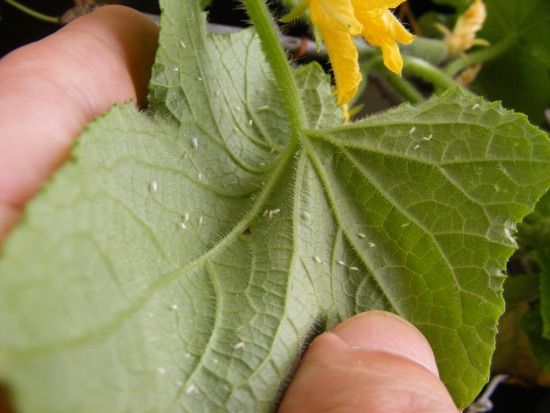
How the whitefly manifests itself in our plants
Fighting the whitefly involves identifying this tiny insect and knowing what its effects are on our plants. And they are not minor. Because, despite the fact that the most visible thing is to see how the flowering of our outdoor plants is ruined or how the garden plants do not bear fruit, the effects of this insect go much further. Those losses are only the visible part of the problem. The worst, actually, is that they are a symptom that our plant is weakening.
This is actually just the first step in infection by this insect. The loss of flowers or the lack of fruit will be followed by other even more alarming symptoms: the appearance of lighter areas between the usual green of the leaves, yellow and dry leaves; and, finally, the appearance of opportunistic affections. The last definitive push to further compromise the health of our plant.
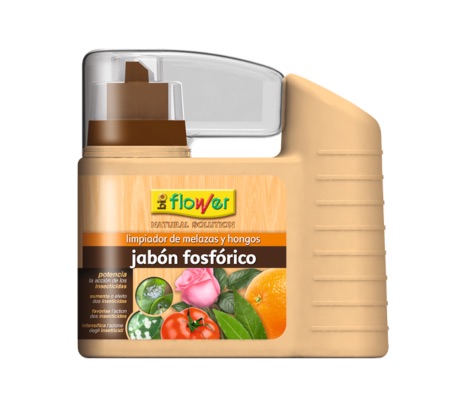
And we say this because the whitefly secretes honeydew on the leaves. A substance that acts as a true magnet for the bold fungus. And let’s be honest: if in addition to fighting whitefly we have to consider eliminating sooty mold, the name given to this fungus, our plant will not resist it.
What can cause the appearance of the white fly
As we said, the appearance of the white fly is inevitable. However, when it becomes a recurring pest, it is a clear sign that we are not doing something right. It can be a consequence of an excess or lack of irrigation or sun; or have a weakened plant, either due to lack of fertilizer or care.
In the case of the orchard, in addition to these aspects, some more must be considered. From an excess of nitrogen in the soil caused by excessive fertilization, to not being respectful of planting schedules, to having monocultures that do not favor diversity. The range of causes is wide and, without a doubt,
IDENTIFY IT EARLY, ANOTHER ESSENTIAL STEP TO COMBAT THE WHITEFLY
Prevention is essential to combat whitefly. A task that begins with the observation of our plants, from the moment the good weather begins.
The whitefly is usually located, in a first stage, on the underside of the leaves. Since its size is so small, it is not easy to detect it with the naked eye. We will have to help ourselves with a magnifying glass to be able to see them although, on many occasions, something much simpler will suffice: move the leaves. If we are dealing with insects in the adult phase, we will see them flutter around the plant before our movement.
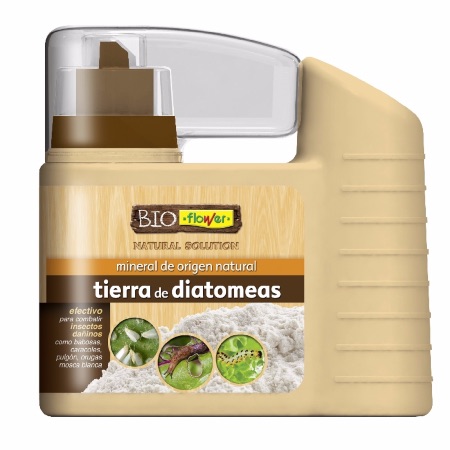
Once detected, it is essential to concentrate on the task of combating the whitefly. And it is that a single dose of insecticide will not be enough, but we will have to be rigorous both with the doses and with the way of applying it. Only then will we be able to stop it and even eliminate it.
Fighting whitefly is not easy. But it is well worth undertaking the task to save our plants.

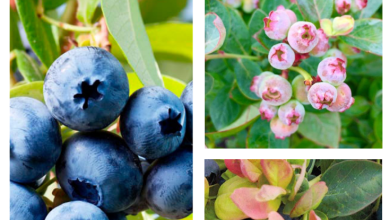
![Photo of Olive Tree Diseases: [Characteristics, Types, Detection and Treatment]](https://www.complete-gardening.com/wp-content/uploads/2021/06/Cuales-son-las-enfermedades-del-olivo-y-como-podemos-detectarlas-390x220.jpg)
![Photo of Camellia cuttings: [Concept, Time, Rooting and Sowing]](https://www.complete-gardening.com/wp-content/uploads/2021/06/Como-debemos-tomar-los-esquejes-de-arboles-para-sembrarlos-390x220.jpg)
